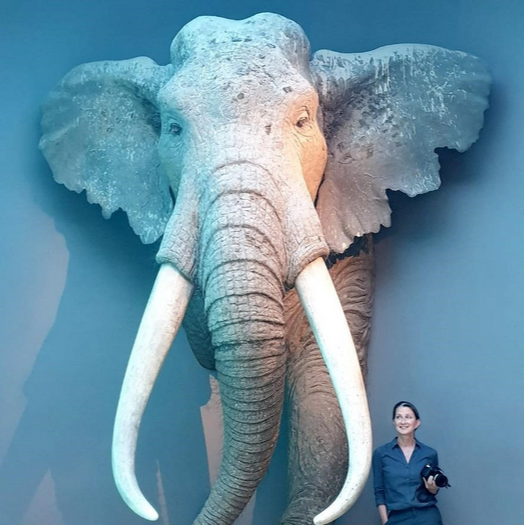
While this is already known Neanderthals were skilled hunter-gatherers, new evidence suggests that they chose to hunt and eat some of the largest animals of their period.
A a new study published in Scientific progress by a team of researchers from Germany suggests that Neanderthals hunted and ate elephants with straight tusks. Elephants with straight tusks were the largest land animals on earth Pleistocene epoch and roamed Europe and Asia between 800,000 and 100,000 years ago.
Skeletal analysis of straight-tusked elephants
In the 1980s, coal miners near Neumark-Nord, Germany, discovered numerous stone tools and animal bones. In 1985, archaeologists began evaluating the find, spending more than a decade investigating.
Read more: Neanderthals flourished for 400,000 years, but then disappeared
However, it wasn’t until recently that researchers found marks and scratches on nearly all of the 3,400 straight-tusked elephant bones included in the find.
Some of the bones were so heavy that researchers needed a forklift to move them. According to archaeozoologist et al author of the study Sabine Gaudzinski-Windhäuser in an interview for Sciencealmost every bone shows signs of butchery, especially under the microscope.
(Credit: Lutz Kindler, LEIZA) Professor Sabine Gaudzinski-Windhäuser examines the femur of a large adult male European straight-tusked elephant (Palaeoloxodon antiquus) at the State Office for Heritage Management and Archeology in Halle.
These results mean that the Neanderthals who hunted these elephants were extremely thorough, according to the researchers. They didn’t leave much, if any, flesh behind on the carcasses. The researchers were able to determine this because of the lack of bite marks on any of the bones, which would indicate scavengers such as hyenas had chewed on the remains.
Other important findings in the study include intensive cuts on multiple elephant skulls and mandibles, indicating that the Neanderthal group exploited almost every part of the hunted elephant’s body.
Read more: Neanderthals may have used animal skulls as decoration
Larger implications for Neanderthals
Considering the huge amount of bones found at the site and the marks found on them, it is already obvious that Neanderthals hunted elephants with straight tusks for food. It is important to note how large the elephants were. Adult straight-tusked male elephants can weigh up to 13 metric tons (over 28,000 pounds), which is roughly twice that of modern adult male African elephants.
Researchers estimate that the meat of one straight-tusked elephant would be enough to feed 350 people for a week or 100 people for a month.
Given that estimate, and the fact that archaeologists have found so many elephant bones, the researchers say it’s fair to assume that Neanderthals sometimes moved in larger groups than previously thought.
However, this may not always have been the case. Although taking down an adult elephant with straight tusks probably took a lot of planning and effort, it is unclear whether Neanderthals stayed in large groups for long periods of time or split up and split up once after the hunt.
Nevertheless, it is possible that because one group of Neanderthals in Europe was able to hunt these animals, other groups of Neanderthals were also able to, making our ancestors even more complex than once thought.

